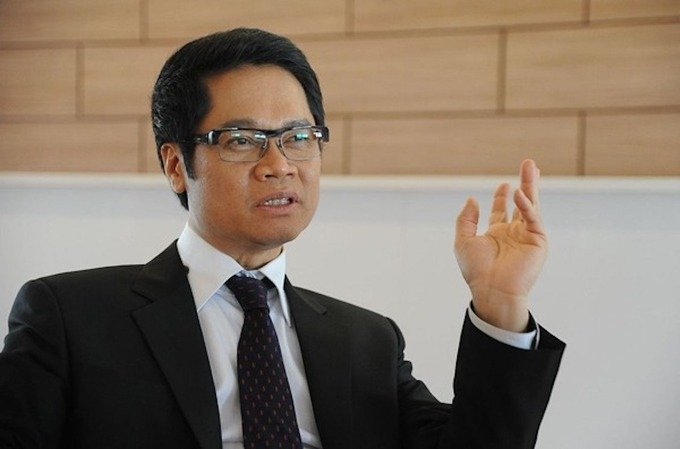 |
| Dr. Vu Tien Loc. (Source: VIAC) |
That is the affirmation of Dr. Vu Tien Loc - Member of the Economic Committee of the National Assembly, Chairman of the Vietnam International Arbitration Center (VIAC).
The consistent view is fast and sustainable development.
At the 28th Conference of the Parties to the United Nations Framework Convention on Climate Change (COP 28), Vietnam made a strong commitment with the international community to the Net Zero target by 2050. What is your opinion on this issue?
Sustainable development is a matter of survival, deciding the fate of human civilization in the new era. In fact, Vietnam has recognized this issue quite early. Before the United Nations Summit in 2015 adopted the Agenda for Sustainable Development to 2030, the 11th Party Congress (2011) approved the socio-economic development strategy for 2011 - 2020, with the consistent viewpoint of rapid and sustainable development.
Implementing the Party's guidelines and the United Nations' 2030 Agenda, the Government has issued the 2011-2020 sustainable development strategy, the national action program, and the roadmap for implementing sustainable development goals by 2030. Accordingly, Vietnam has identified the development model as green economy, green society, green lifestyle, promoting sustainable consumption, greening the transition process towards equitable and inclusive development, and enhancing resilience.
At COP 28, Prime Minister Pham Minh Chinh once again committed to the world: Vietnam will aim for Net Zero by 2050.
This is a pioneering goal, similar to highly developed economies in the world; although, Vietnam is still a developing country. This is a vision of the times, a very high political determination, in line with the world trend, for the national interest and suitable for the development of the Vietnamese economy.
Vietnam is one of the five most open economies in the world and also one of the five economies predicted to be most affected by climate change, so it is reasonable that Vietnam is a pioneer in committing to implementing Net Zero goals by 2050.
Could you elaborate on this issue?
Thanks to the determination of the Party, the State and the policies and strategies that have been outlined, Vietnam has achieved some initial successes in green growth. Green economic activities in Vietnam helped generate 6.7 billion USD in 2020 (accounting for about 2% of total GDP). These initial successes are largely due to investments in green sectors, especially from foreign direct investment (FDI). It is estimated that in the period 2017-2021, about 9 billion USD of FDI was mobilized into green sectors in Vietnam, focusing on renewable energy and manufacturing of equipment and machinery for projects in green growth sectors.
Therefore, it is necessary to identify this as a huge development opportunity for Vietnam in the long term, but also a significant challenge in the short term. Because we have to choose between the costs and benefits of improving the economic environment and ensuring socio-economic goals. Green growth is the "only way" to move forward, there is no other way, but whether the roadmap is suitable or not will determine success on the greening path.
Opportunities for Vietnam to successfully build a green economy
In your opinion, what are Vietnam's advantages when aiming for Net Zero by 2050?
In fact, Vietnam has many advantages in terms of nature, society and people, bringing huge potential for green growth. These advantages include: Abundant carbon reserves from natural forest resources, accounting for more than 40% of the country's total terrestrial area. In addition, the hot and humid weather in the equatorial region makes it easy to develop tropical forests with large carbon reserves. Resources for strong renewable energy development thanks to the favorable geographical location in the sunny equatorial region with a long, windy coastline...
On the other hand, the large population (more than 100 million people in 2023, ranking 15th in the world) with increasing awareness, and increasingly clear awareness of environmental and health factors, with more than 80% willing to pay more for green products. The fastest growth rate of the digital economy in the region, with a digital economic market size of about 23 billion USD in 2022 and expected to reach 50 billion USD in 2025. If fully exploiting the potential, strengths of the country, economic and social benefits, the opportunity for Vietnam when successfully building a green economy is huge.
So what are the challenges to green growth in Vietnam?
Despite its strong growth momentum, Vietnam’s green economy is still in its infancy, and there are still many challenges that the Government and the State need to pay attention to, consider, and find solutions to. Among them, the three groups of challenges that have the greatest impact on Vietnam’s ability to develop a green, sustainable economy include:
Firstly, the strategic system with many goals, orientations and actions in the Green Growth Strategy and Action Plan has not been thoroughly integrated or detailed, especially in specialized contents. For example, in the Power Development Plan, plans or strategies for transport development, inter-sectoral such as plans or strategies in the field of high technology, multi-sectoral technology, and even at local levels such as provincial and municipal levels.
Second, there is a lack of a comprehensive and coherent legal framework to support green growth, including a complete and unified green taxonomy at the national level that is consistent with international standards as a foundation. The green taxonomy is a particularly important premise for the development of the green economy, especially for the private sector and international organizations to identify investment opportunities and develop green projects in Vietnam. Based on the green taxonomy, specific support policy mechanisms for each sector and field, such as green investment incentives or green pilot project programs, need to be developed and implemented, ensuring market relevance and minimizing risks for investors. In Vietnam, the process of building a comprehensive official green taxonomy at the national level needs to be accelerated. Along with the State Bank of Vietnam’s 2017 green project list, an official classification system is still being developed by agencies such as the Ministry of Natural Resources and Environment; the Ministry of Finance, along with the newly implemented ASEAN classification system. The lack of a single source of information creates major challenges for businesses and investors when investing in green projects.
Third, the immature green finance system makes it difficult for green projects to mobilize financial resources, including capital mobilization or access to preferential credit. The incomplete Measurement, Reporting and Verification (MRV) system and the lack of standard procedures for new financial instruments (such as green bonds) are major bottlenecks for mobilizing green finance. International organizations such as the UNFCC and the World Bank have developed specific guidelines to help countries establish MRV systems. In Vietnam, some initial actions have been taken to start the MRV establishment process, namely reporting requirements and templates for businesses; guidance on verification and assessment procedures, and studies on the MRV establishment process21. However, growing demand for green project investment and carbon market development is putting pressure on more rapid development and adoption of formal national MRV systems and standards, which have no expected implementation date.
In addition, businesses in Vietnam need guidance on synchronous implementation, pilot projects and support to improve capital mobilization capacity, especially for new financial products and mechanisms that are unfamiliar to the Vietnamese market. Necessary infrastructure is also a factor that needs to be developed to ensure efficient transactions, such as transaction mechanisms for green financial products, ensuring transparency, improving payment capacity and strengthening data systems. Finally, special incentives for financial support products need to be applied to make green projects more attractive to international financial institutions, such as adjusting refinancing restrictions and relaxing lending limits.
Promote economic prosperity and social equality
According to you, what should Vietnam do to be able to "go behind and come first" in the process of realizing the above commitments?
To promote the implementation of long-term and sustainable green growth orientations, towards the goal of Net Zero by 2050, eight action groups need to be deployed:
Firstly, integrate important goals and orientations of the national green growth strategy, along with a short-term priority action plan to 2025.
Second, it is necessary to develop a clear national strategy and roadmap for a group of important and complex green sectors and fields.
Third, green growth strategy acceleration projects need to be implemented at the provincial and city levels.
Fourth, relevant ministries, sectors and agencies need to coordinate to implement and complete a comprehensive national green classification system that meets international standards.
Fifth, preferential policy mechanisms and support for green projects will be necessary for Vietnam to accelerate in attracting investment for green projects, especially in projects requiring high initial investment due to the scale and complexity of new technologies.
Sixth, Vietnam can apply pilot project models for key green economic sectors based on international benchmarking, to test and perfect cross-sectoral support mechanisms and attract FDI capital.
Seventh, it is extremely urgent and important to develop a plan to mobilize and manage investment and financial resources for green growth in Vietnam, in order to mobilize and manage investment and financial resources for green growth in a comprehensive and specific manner, ensuring that the country's green growth goals are achieved with the best use of available resources.
Eighth, the National Steering Committee on Green Growth strengthens inter-ministerial coordination, closely monitors the implementation of existing policies, plans and orientations, and actively works with partners, experts and international organizations...
Green growth is a global trend and an inevitable development path for Vietnam. However, as one of the latecomers in the green growth process, Vietnam still faces many difficulties ahead. To overcome these difficulties, Vietnam needs to quickly establish clear roadmaps, focusing on appropriate goals and solutions that will not only maximize Vietnam's chances of success but also ensure the most efficient use of resources. Green growth, Net Zero, while promoting economic prosperity and social equality is a huge challenge, but also one of the rarest opportunities for Vietnam in the 21st century to achieve the goal of becoming a developed country by 2045.
Source


![[Photo] The moment Harry Kane lifted the Bundesliga trophy for the first time](https://vphoto.vietnam.vn/thumb/1200x675/vietnam/resource/IMAGE/2025/5/11/68e4a433c079457b9e84dd4b9fa694fe)
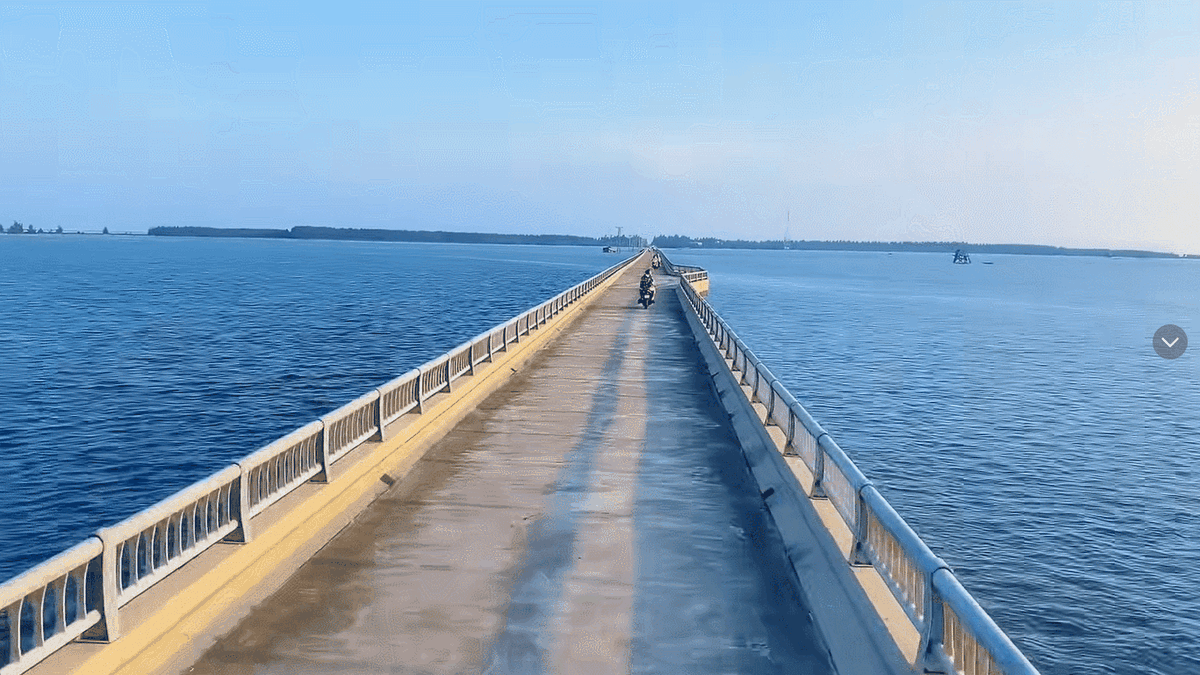
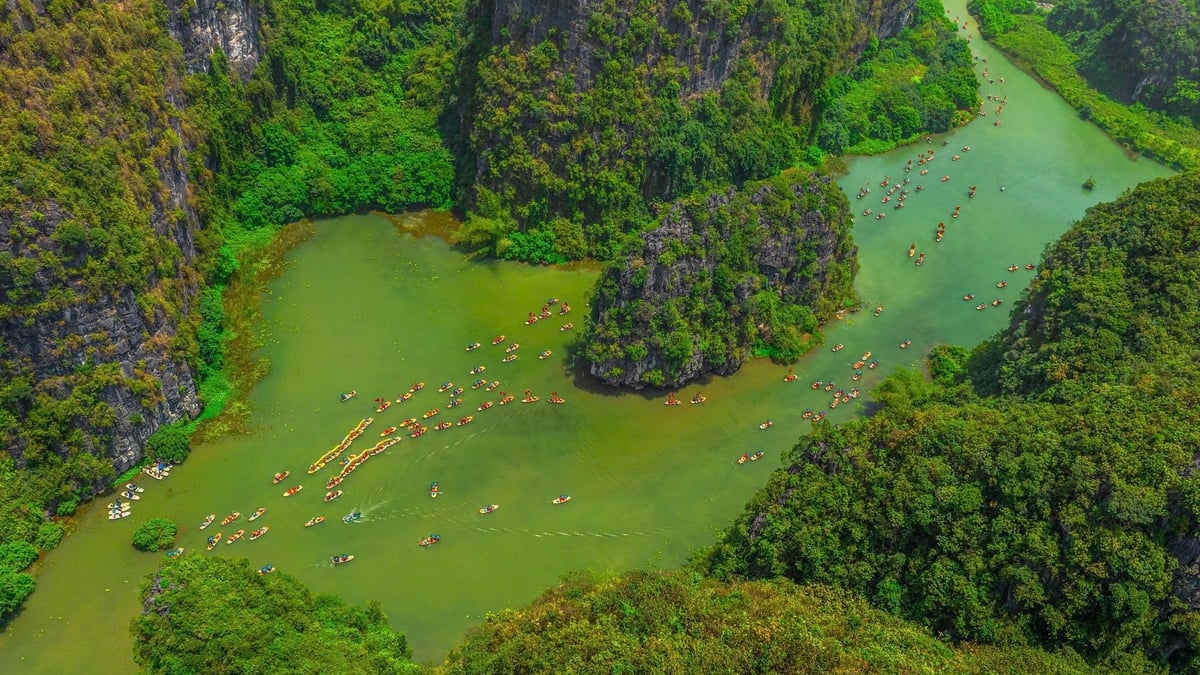

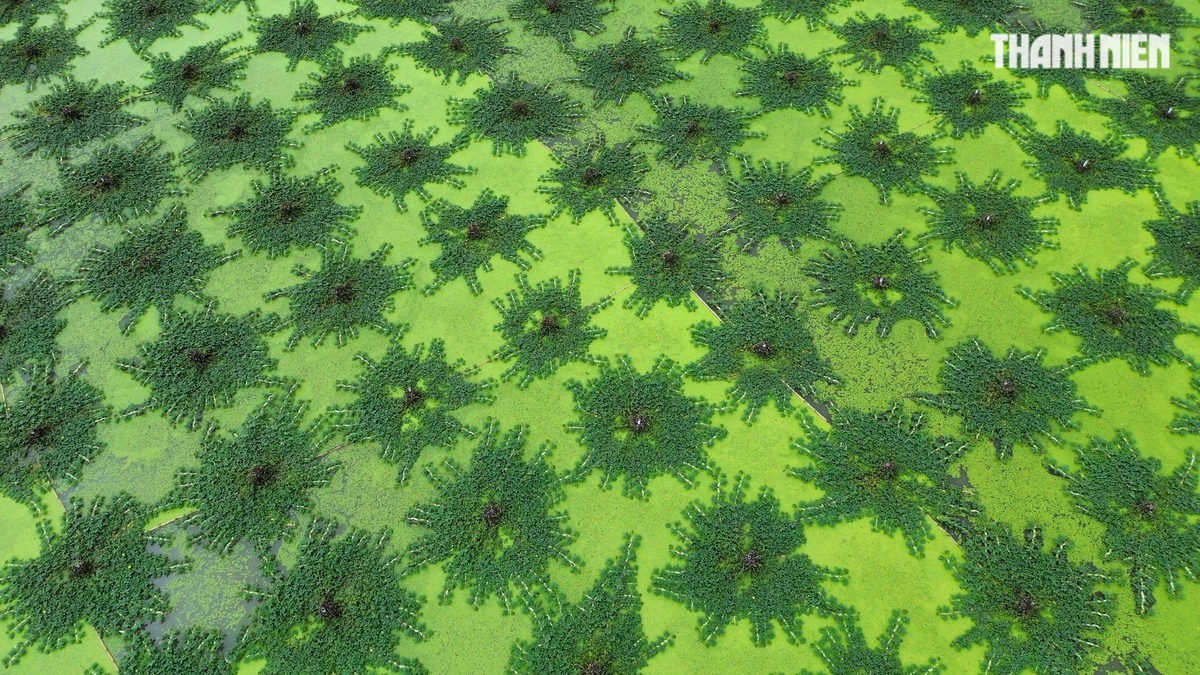

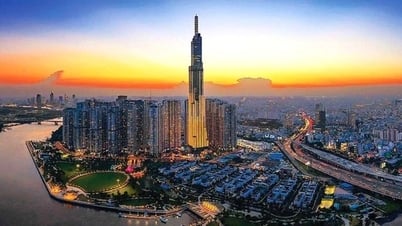





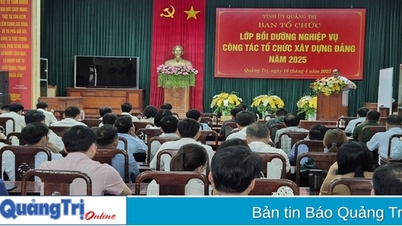
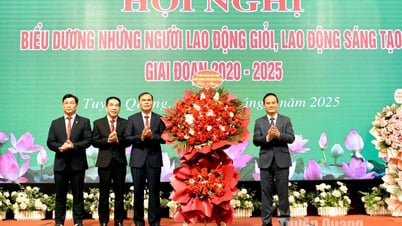

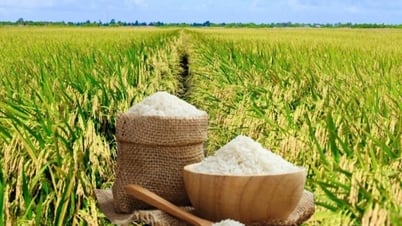


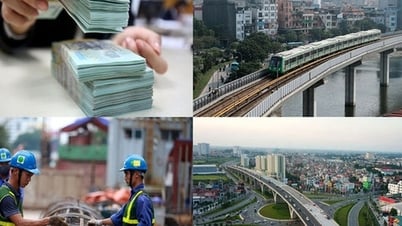

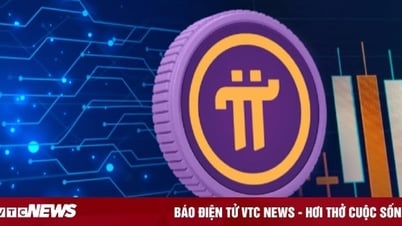




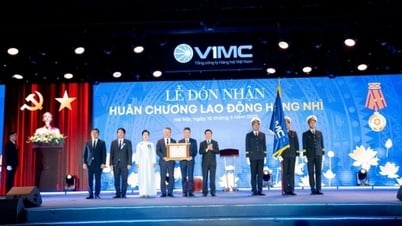
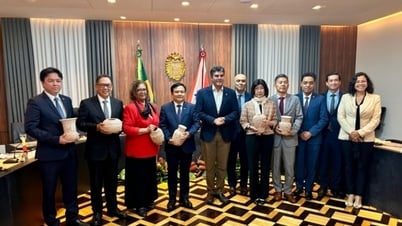





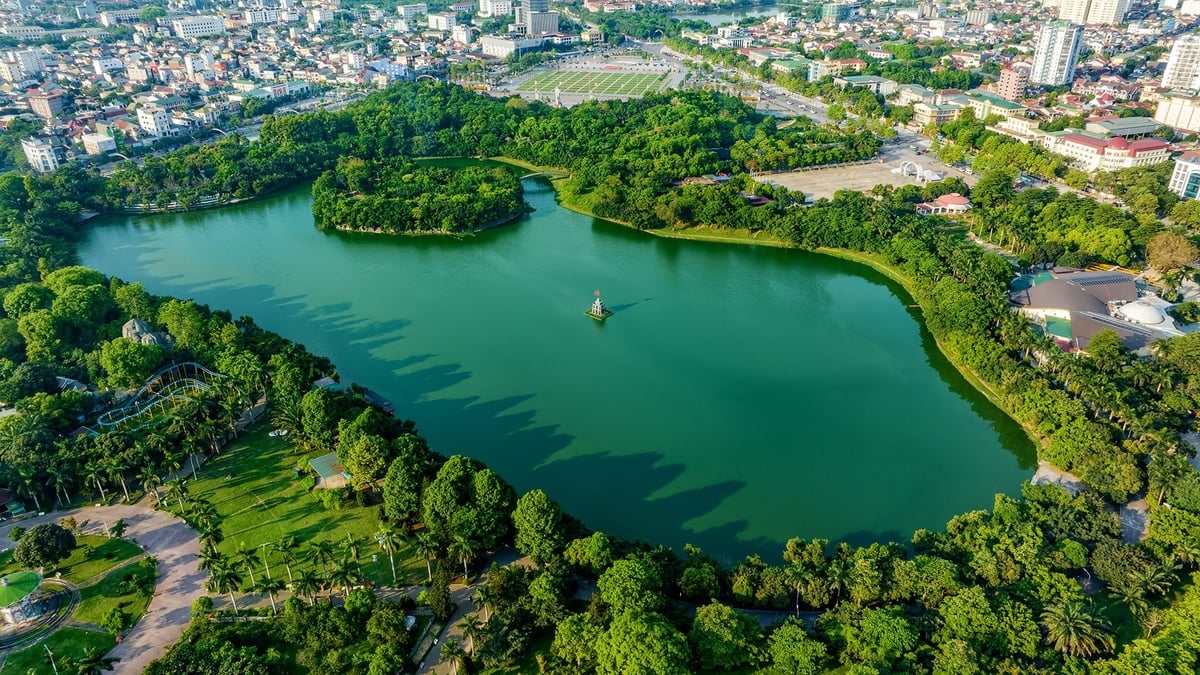









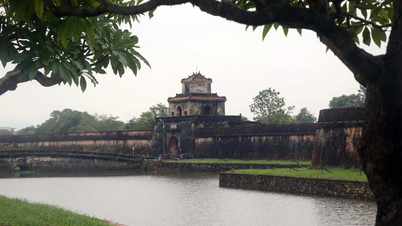











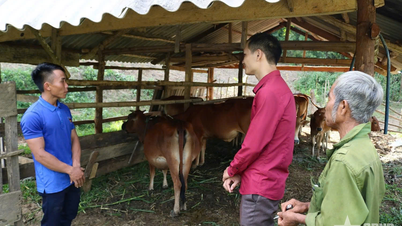











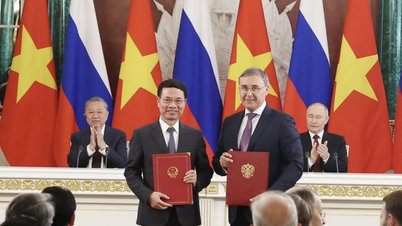

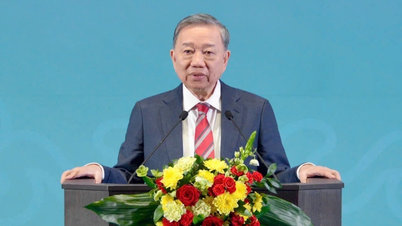
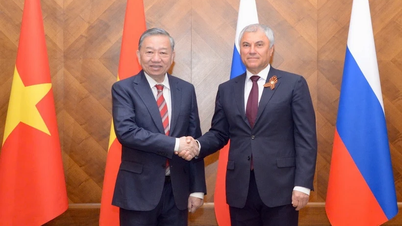
















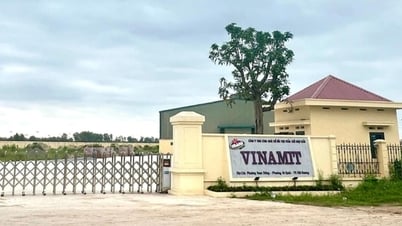

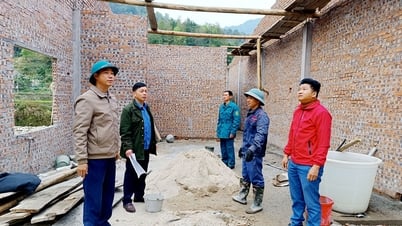

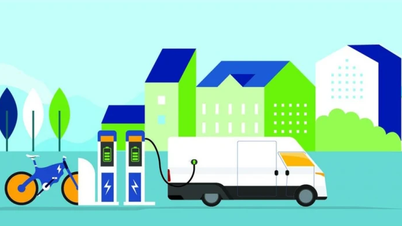












Comment (0)